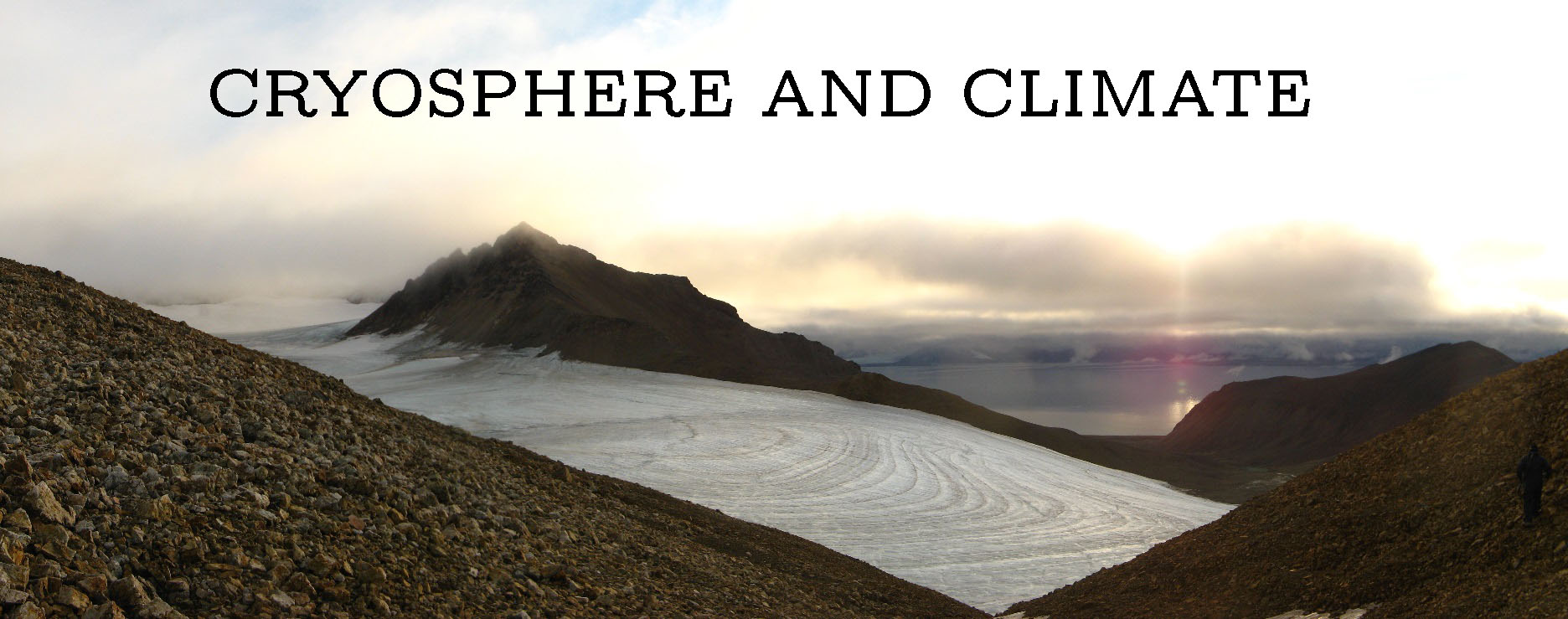- Screen Reader Access
- Skip to : main content / navigation
- Text Size
- Home
- Sitemap
- Contact us
- हिंदी
 |
| RESEARCH | ACTIVITIES | FACILITIES | PEOPLE | PUBLICATIONS |
Air-snow interaction of ions and particulates in Antarctica
Significant chemical changes occur in the polar atmospheric boundary layer. Such changes are the result of photochemical reactions occurring in the atmosphere and heterogeneous reactions of gases with aerosols, snow in the atmosphere and snow on the ground. Nitrogen oxide and oxidant precursor fluxes have been measured in a number of snow covered environments, where in some cases the emissions significantly impact the overlying boundary layer. Recent experiments have demonstrated that surface snow in Polar Regions can act as a photochemical reactor influencing concentrations of a wide variety of important troposphere trace gases like ozone and nitrogen containing compounds in the atmospheric boundary layer (ABL) over snow-covered regions. Moreover, the exchange of trace gases present in the snow with the ABL is of great importance for the interpretation of firn and ice core profiles of these gases. They also control the oxidative capacity of the atmosphere through ozone production. To develop an understanding of the processes involved in air-snow interactions, sampling of trace gases, aerosols, and surface snow measurements was initiated in Larsemann hills, Antarctica during Jan - Feb 2014. The studies will throw light on the atmospheric sources of snow-nitrate which help to understand the nitrate localization and reactivity in snow, taking into consideration the interference of other ionic species and trace gases in Antarctica during the summer.